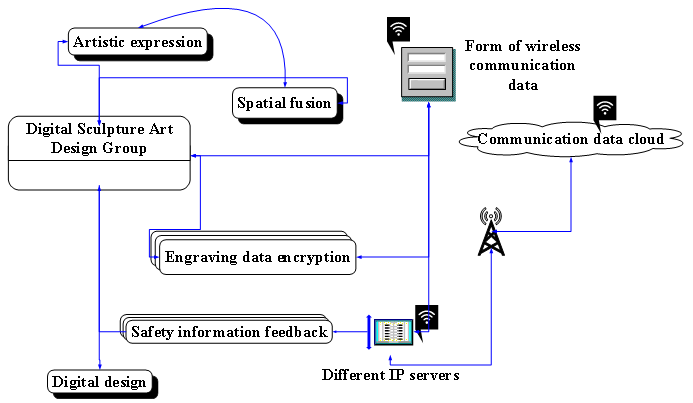Digital Engraving and Art Design Analysis Based on Spatial Expression Techniques
DOI:
https://doi.org/10.17762/ijcnis.v15i2.6087Keywords:
Wireless Network, Spatial Representation, Digital Engraving, Art DesignAbstract
Aiming at the problems of poor transmission effect and serious data loss in digital engraving, this paper puts forward a digital modeling model from the perspective of spatial expression. First, in-depth analysis of the original digital art design can not solve the problem of digital carving accuracy, and analysis of the reasons for the poor calculation accuracy of digital carving. Using wireless network technology and WIFI technology to obtain digital information of digital engraving, through the Internet design scheme statistics, according to the digital features to judge the form and result of engraving, remove irrelevant spatial information. Then, according to the Internet data monitoring, the change rate and engraving method of the engraving data are calculated, and compared with the actual engraving requirements, the parameters and indicators of digital art design are adjusted. MATLAB simulation test analysis shows that in the case of wireless communication and Internet monitoring, the digital engraving model of spatial expression technique can improve the accuracy of artistic design, and the accuracy rate is greater than the actual design requirements. According to the design requirements of different wireless networks and network communications, the time and compliance rate of digital engraving can meet the needs of artistic design.
Downloads
Published
How to Cite
Issue
Section
License
Copyright (c) 2023 International Journal of Communication Networks and Information Security (IJCNIS)

This work is licensed under a Creative Commons Attribution-NonCommercial-ShareAlike 4.0 International License.





